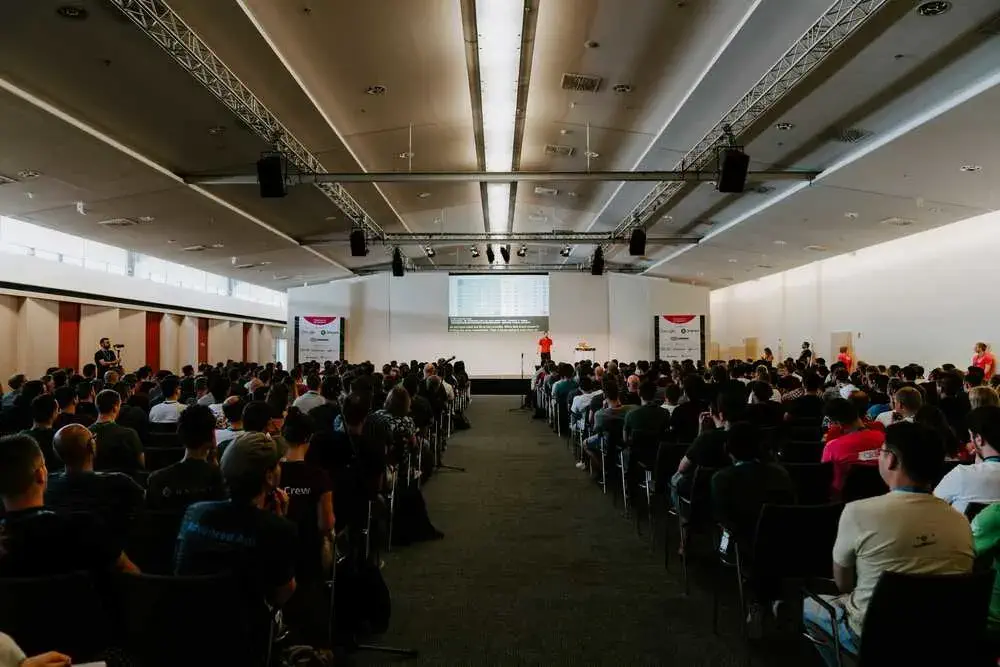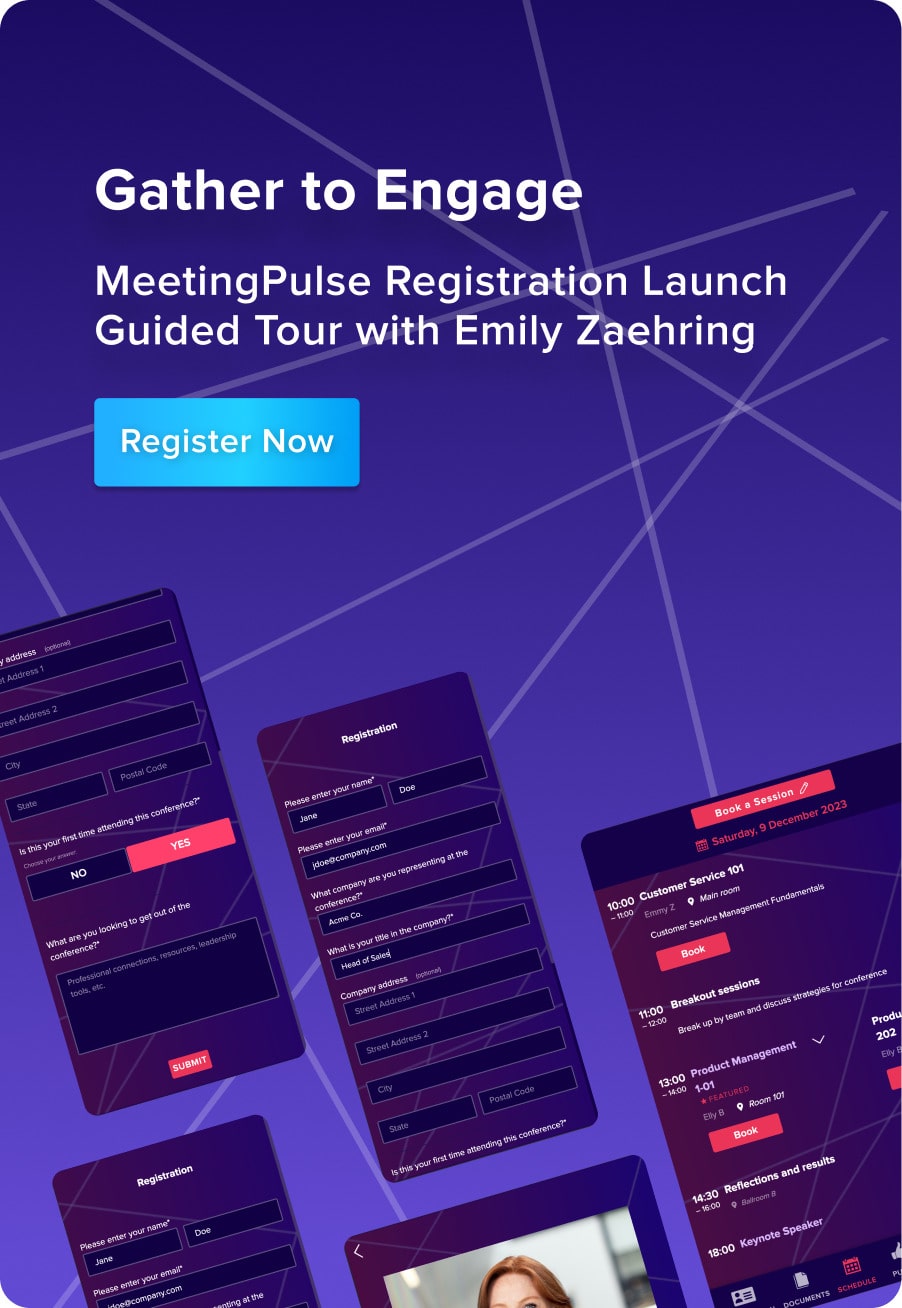Elon Musk, the CEO of Tesla and SpaceX, has some very pointed and straightforward opinions about meetings: they waste quite a lot of time, especially if not done well.
According to him, one of the biggest issues with big companies is the presence of excessive meetings, the frequency of which gets worse over time. 47% of employees consider meetings as the #1 time-waster at the office according to a study done by Atlassian.
He suggests that if you feel you’re not adding any value to the meeting, it’s best to leave. Unlike what people might think, it’s not a rude thing to do. If you’re not being of any help to the meeting, you might as well excuse yourself from it.
A meeting of any size is best kept short, according to Musk. “Also get rid of frequent meetings, unless you are dealing with an extremely urgent matter. Meeting frequency should drop rapidly once the urgent matter is resolved,” Musk says.
At MeetingPulse, we give you all the tools you need to have more effective meetings. And here’s our break down of everything you need to know about all the time and resources wasted in meetings.
How Much Time Do We Actually Spend in Meetings?

As much as meetings are important to discuss strategies, problems, and solutions regarding a company, their positive effect is often overestimated. A middle manager, for example, spends about 35% of his/her time in meetings. For upper management employees, this percentage can be as high as 50%.
Statistics show that an organization spends 15% of its time on meetings. Over 67% of the executives view meetings as failures, and employees spend up to four hours every week preparing for even a simple meeting.
There are 55 million meetings per day in the United States alone. 92% of the people admit to multitasking during the meetings, 69% confessed to checking their emails, and 49% said they do other unrelated work during these meetings.
What’s the Financial Cost Of the Time Wasted on Meetings?
Of the many overhead costs faced by companies, meetings count as one of the most expensive. On average, employees spend about one-third of their time in meetings. While the average meetings last for about one and a half hours, most employees reportedly attend 62 meetings every month.
Employees feel that about 33.4% of the time spent on meetings is unproductive. While 63% of the meetings are conducted without any pre-planned agenda. What can be disturbing is the average company cost of a 5-person meeting. Let’s say each person involved earns a salary of approximately 60k, it will cost the company $105 per meeting.
In fact, as far as productivity is concerned, there’s a 60% loss in terms of face-to-face meetings. It takes about 15 minutes to switch between tasks, which leads to a further loss of productivity.
As stated in Atlassian, 91% of the people have spent their time in a meeting daydreaming, 73% engaged in other work, and 39% have actually slept during a meeting.
Keeping the above data in mind, if you hold a meeting every week that’s an hour long where the average cost per meeting is $338, then you’re basically spending $17,576 for an entire year of weekly meetings. Of this total expenditure, $5,870.38 is actually spent on unproductive meeting time.
If your employees attend 62 meetings every month, with each meeting lasting for an hour, then you’re spending $20,956 on meetings alone. For example, if you have 100 employees and they make about $60,000 per year, you end up spending $751,500 on unproductive meeting time every year.
What is Meeting Recovery Syndrome?

Now that we’ve discussed the time and money wasted on meetings, it’s now time to focus on the effect it has on the productivity of the employees.
When an employee is made to sit through an ineffective meeting, their mental power slowly drains away. It can take them quite a while to gain their focus back and continue with their work. This has been termed Meeting Recovery Syndrome (MRS).
When individuals feel fatigued and tired after a meeting, that’s known as the Meeting Recovery Syndrome. In the past few years, psychologists have recognized it as something real that companies need to investigate and consider.
Not only is it linked to the wellbeing of employees and the efficiency of organizations, but it’s essential to understand, especially since meetings can deprive the stamina of employees. This happens if the meeting lasts too long, does not engage the employees, or ends up being a one-sided lecture.
When you’re in a non-MRS condition, it can take about 10-15 minutes to switch between tasks. But when you’re facing MRS, switching between tasks can take as long as 45 minutes. In order to prevent employees from facing MRS, it’s suggested that the meetings be kept interactive, light-hearted, and inclusive.
How to Make Meetings More Effective
Meetings serve as a necessary method to review progress, exchange information, and solve problems. If not done right, they can just prove to be time-wasters. However, there are ways to conduct efficient and effective meetings.
Here are some things to remember if you want to make your meetings more productive:
Ask If it’s Necessary
Before announcing a meeting, think if it’s actually necessary to hold it at that particular time. Is it something that requires the presence of all the employees? Can be it done at another time? Can it be done through a memo, an email, or a video call instead? These are important questions to ponder upon before calling a meeting.
Similarly, ask yourself if you need to be in the meeting. Will your presence add to the meeting? If not, feel free to skip it. Also, if you feel some other person doesn’t need to be in the meeting, make sure to inform them of that.
You can use MeetingPulse ahead of time to send out a two or three-question poll via our live polling tools to find out employee interest in a meeting that may or may not be necessary.
State the Agenda
Once you’ve decided that the meeting is necessary, write down the agenda. This clearly states the purpose of the meeting, and make sure everyone knows about this purpose beforehand.
Also, jot down the list of issues or queries that need to be addressed during the meeting and who will be addressing them, respectively. Inform those people a day or two in advance so that they come prepared with the required data.
Having a clear purpose makes it easier to conduct the meeting smoothly without getting derailed. This applies to meetings with bosses, employees, clients, and pretty much everyone. Send out a MeetingPulse link to share the agenda with everyone so that all attendees are on the same page.
Invite Only the Relevant People
Having a huge crowd in a meeting is rarely helpful. Therefore, invite only those whose contributions will matter for the meeting.
For example, if you want to discuss content strategies, only the content team needs to attend. Once decisions are made, you can update other relevant parties (like the design team) later. If it’s the design of the website in question, the members of the design team can be the ones attending the meeting.
Time is Essential
Not only is it important to start a meeting on time, it’s important to end it on time as well. If the meeting is supposed to last for an hour, make sure you stick to the time. Meetings that run longer than the designated time frame don’t always accomplish much. The longer the meeting, the more tired the employees feel after it ends. Tired employees equate to a loss of productivity.
If we remember Parkinson’s Law: “work expands so as to fill the time available for its completion” then we can remind ourselves how important productivity is. Parkinson’s Law refers to the amount of time and employees we give ourselves to accomplish a task or solve a problem, all of which depends on time management and productivity
Therefore, if the meeting is efficient then it does not have to be long. By using MeetingPulse, you can gather questions and concerns from employees that you did not have time to address during the meeting.
Cover the Important Things First
Ensure that all the important queries, questions, and issues are addressed in the very beginning. That way, even if you run out of time, you can feel relieved that you covered the essential topics. Use MeetingPulse to ask questions easily and make sure you get a response from everyone.
Also, once the meeting is over, it’s imperative to discuss the concluding points. This entails giving a summary of what was discussed, and what actions will be taken going forward.
Summing Up

It’s true that meetings are considered a bane in most organizations. More often than not, meetings are called for insubstantial reasons, and these reasons lead to a huge loss of time, money, and productivity
However, these simple steps can help you avoid these repercussions.
Whenever a meeting is conducted, make sure everyone knows the purpose beforehand so that everyone in the room is prepared in advance. If you think a particular meeting can be conducted through a different, simpler medium, opt to do so. Once you start creating different channels to convey information, you’ll gradually approach a stage where meetings will no longer be considered ineffective.
Get started with more efficient meetings by finding out about MeetingPulse.
Related: 20 Interactive Presentation Games






